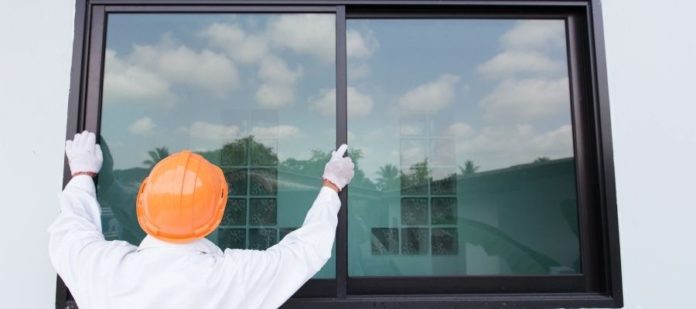No matter what season you’re in, you don’t want your home to let in the outside elements. This will reduce your comfort and cause lots of maintenance issues. Ahead, we show you steps you can take to weatherproof your home. These will ensure that water and harsh temperatures won’t intrude into your rooms.
Close Small Gaps
Small gaps will let in water and air, but they can be tricky to identify. Fortunately, you can call your energy company to perform an energy audit on your home. They’ll locate the little holes around corners and edges. From there, you can apply caulk or spray foam to close them up. For gaps around your doors and windows, you can purchase weatherstripping that you can easily install yourself.
Insulate Your Attic and Basement
The attic and basement are two areas where heat can transfer between your house and the outdoor air. Water can also enter both locations and contribute to mold growth. You should contact professionals to apply insulation to the attic and basement to make the walls into more effective barriers. Insulation will prevent warmth from escaping in winter and hot air from entering in the summer. Rigid spray foam and foam board insulation come in waterproof varieties to keep precipitation at bay as well.
Get Storm-Ready Windows
Weatherstripping is sometimes enough for windows, but if the glass is subpar, the windows may not protect your home’s interior well enough. Weather can affect windows in several ways. Most notably, heat can move through normal glass easily and changes in humidity and temperature can warp their frames and hardware. One step you can take to weatherproof your home is to get windows specifically made to stand up to storms. These will have several layers of glass for better insulation and their materials won’t become misshapen no matter what weather they face.
























